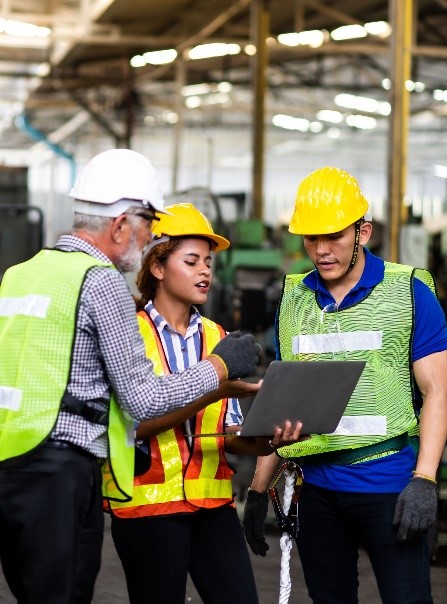The same applies to safety policies, emergency response procedures, and the entire range of documentation involved in facility operations. Technical manual translation is a complex process that helps ensure proper use of machinery and the safety of employees in the construction, automotive, or agricultural industries. Here’s how to get it right.
The process is known as technical translation and requires specialized knowledge and experience.
These translators must also keep up to date with the industry in which they specialize, regularly improving their skills and keeping up to date with industry-specific terminology.
Let’s take a deeper look at the skillset needed to master the job of translating manuals, and what tools are available to help with the process.
Technical translation requires not only the necessary expertise, but also the right tools to render the finished product consistent and clear for the user.
Computer-assisted translation (CAT) software can be a big help here. These platforms allow for smooth and efficient translation based on previously translated texts.
Translators can make use of programmable translation glossaries—thematic dictionaries compiled through previous translation projects.
By making using of glossaries, technical translators will always use the correct terms prompted automatically by the software. Consistently using the same terminology makes it easier for users to understand the manual.
CAT software is used by translators and translation agencies that care about developing a knowledge base in various fields.

 SR
SR  EN
EN